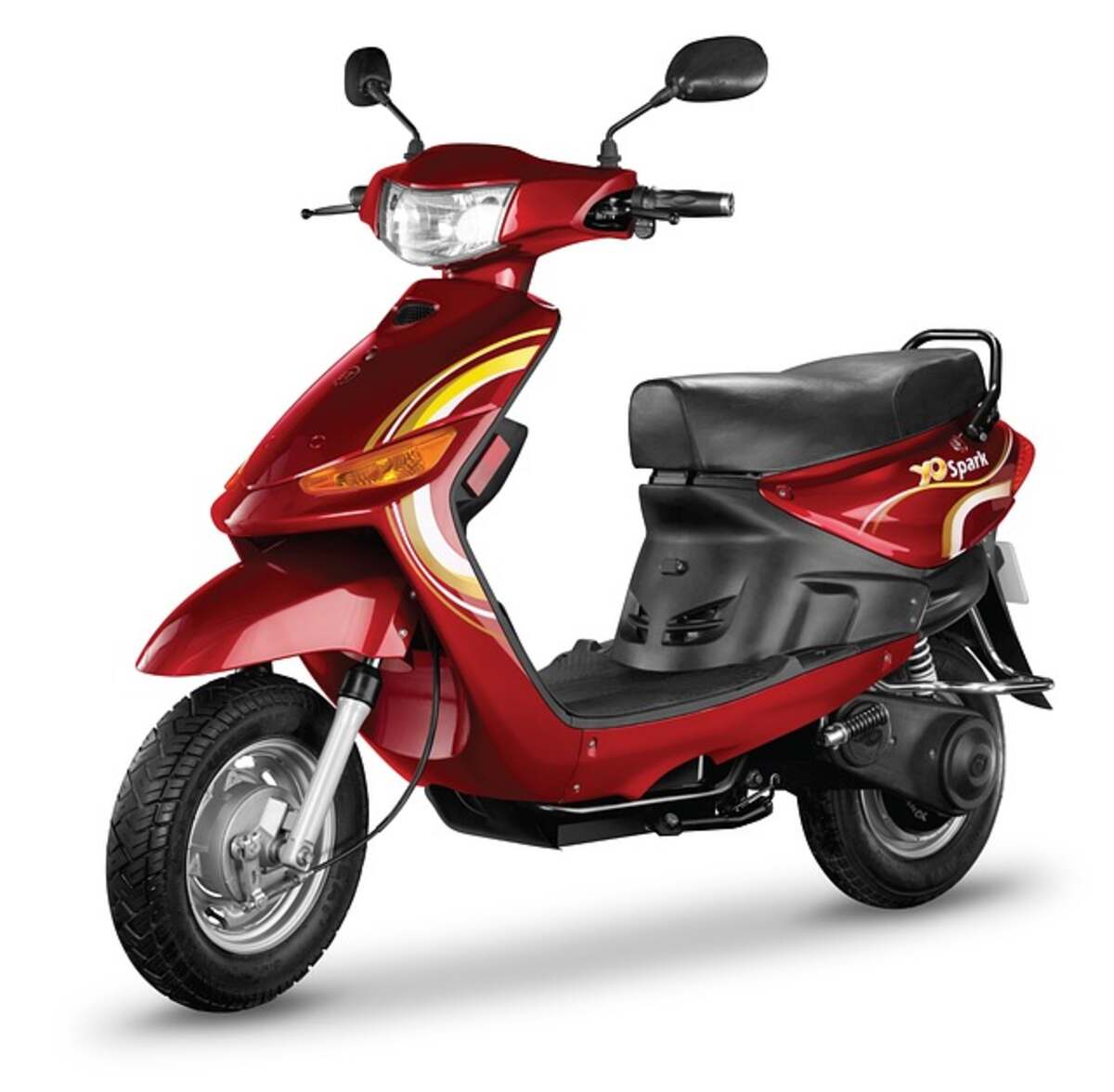An electric bike is simply a standard bicycle with an added electric motor for propulsion. Federal law restricts these motors’ maximum speed and power to 20 mph and 750 watts, respectively.
Most electric bicycles are constructed to meet or surpass such requirements. Kits to assemble electric bicycles cost about $500-$800, while new bikes cost $400-$3,500. You get what you pay for when purchasing a vehicle, as with any other product. Most electric bikes have a range of about 20 miles and are powered by rechargeable batteries (ies). Wheel size, riding style, terrain, and rider weight affect how far a bike travels. Electric folding bikes range from compact 16- and 20-inch models ideal for city commuters and apartment dwellers to larger, more robust 28-inch and 700c models. There are no insurance or license requirements for riding an electric bicycle, although many states have minimum age requirements.
Hub motors are the standard for electric bike propulsion. These can be used on the front or back wheels and do not call for special gear, chains, or belts. The motor, which consists of two concentric rings of opposing electromagnets, serves as the wheel’s hub. Applying battery power to the motor causes the wheel to spin due to an opposing magnetic pull. This motor is nearly silent and does not need regular servicing. A motor with a higher wattage can provide more force. But there is a catch. Wattage is not measured according to any accepted norms. When promoting their wares, many businesses consider the maximum possible output of their products. A motor with a peak power rating of 1000 watts may only use 500 under normal conditions. Try to determine which one it is. Only by using identical settings can output levels be pretty compared.
Batteries play a crucial role in these items as well. The most often used type of battery, sealed lead acid (SLA), is also the cheapest and most potent option. In contrast to lithium batteries, SLA batteries weigh three times as much and have a lifespan of only one-third as long. The Lithium LiFePO4 battery is the most expensive option, despite being the lightest and most extended lifespan. However, its ah rating is meager. Compared to the lifespan of a single 48-volt LiFePO4 battery, the cost, installation, and eventual disposal of 12 12-volt SLA batteries would be required. Nickel-cadmium batteries and similar ones might be thought of as middle-ground options. Instead of searching for an outlet large enough to plug the entire bike into, a lightweight lithium battery typically slides off the battery rack for quick interior charging. Lithium batteries have the most minor environmental impact compared to other types of batteries.
Kit-assembled electric bicycles are frequently the most cost-effective and powerful option. The vast majority of existing bicycles are superior to the vast majority of electric bike designs. By selecting the suitable kit, you can acquire a more powerful motor, a better battery, and many other features not found on factory-made bikes. Your converted bike will often weigh less than its original counterpart. High-quality equipment will come with everything you need to get rolling, including the motor already integrated into a wheel (a front wheel kit will be much simpler to set up), motor cutoff switches on both the front and rear wheels, a twist or thumb throttle, a motor controller, a wire harness, and a rack to secure your batteries.
You may expect mounting brackets, wire nuts, and instructions in a high-quality package. Extremely expensive, professionally assembled electric bicycles resemble motorcycles in appearance, are cumbersome to ride, and offer no performance advantages over cheaper bikes or DIY kits. They are elegant. You should also buy your kit from a vendor who offers remote customer support if you have any questions or issues during setup. If you’re going to utilize an existing bike for the conversion, make sure it’s in good working condition, and if you’re going to use a kit to construct a bike with 500 watts or more of power, use a bike with a steel front fork. Extremely potent front wheel motors can rip aluminum and suspension forks apart, if not destroy them. You won’t need many gears unless you plan on using your electric bike for mountain biking. Six or seven gears are plenty for street bikes. Choose a factory-built motorcycle you can easily handle, like riding, with all the features you need.
You can use an electric bike’s motor alone, combine it with pedaling for added range and fitness, or utilize just the motor’s power. They can be ridden practically anywhere, as they produce no noise, need no fuel or maintenance, and produce no pollutants. A standard electric bike can be hung on the same subways, buses, bike paths, and lanes as a standard bicycle. Unlike gas or liquid-fueled bikes, electric bikes can always be kept inside.
In the same way, anyone who can ride a bicycle can ride an electric bike; anyone who can use essential hand tools can also convert their bike to run on electricity. Adult electric tricycles and tricycle conversion kits are available for riders with trouble maintaining balance on a standard bicycle. A similar principle is at work here. Thus, these can significantly assist in expanding mobility alternatives for the elderly and the disabled.
True to their name, electric bicycles are a sustainable mode of mobility. They can be practical alternatives to cars for short trips, reducing traffic, pollution, and the need for foreign oil while allowing you some exercise and fresh air. It’s not a magic bullet, but it will help alleviate some of the pressure.
Electric bicycles and conversion kits are among Steve Bodenstein’s wares. He has been a part of no less than nine different businesses over his entrepreneurial career. He is also an outspoken supporter of clean energy, long-term economic growth, and preservation of natural habitats.
Read also: Core Vacuums – Why As Well As How To Choose The Right System

